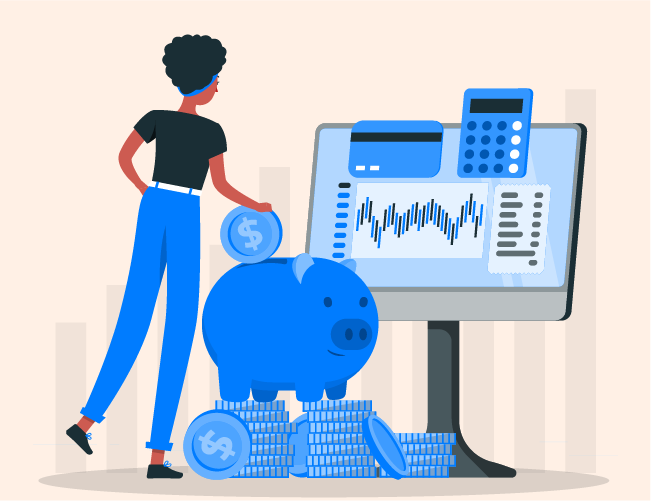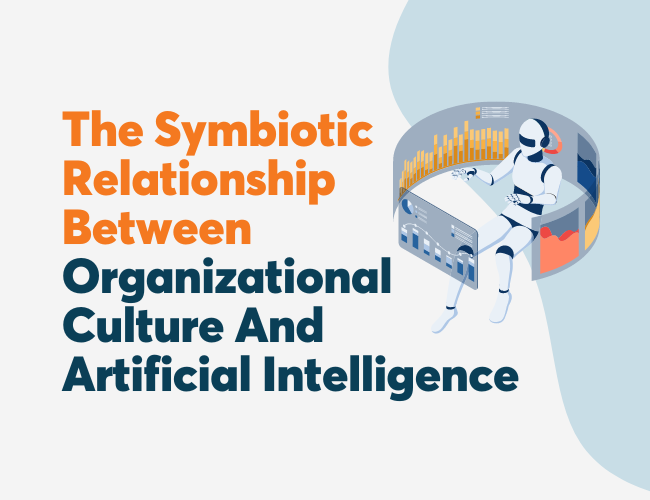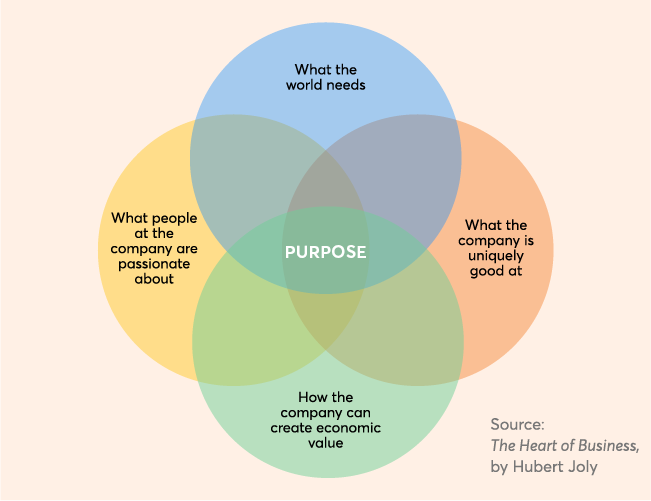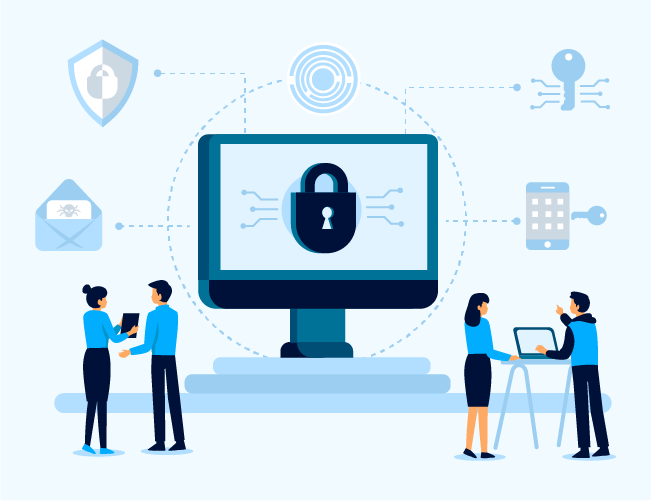Since April 19th, all adults, regardless of their specific age group, occupation, or health condition, have been eligible in all U.S. states and territories to receive a COVID-19 vaccine. Despite this increase in eligibility, vaccination rates dropped 11% in the weeks that have followed. While this is partially explained by the fact that many Americans have already been vaccinated, that’s not the whole story. Many suspect that the population of individuals who have yet to get vaccinated are, for a variety of reasons, more reluctant to get their shots than the first wave of vaccine takers. This is concerning because, as Dr. Rochelle Walensky, the director of the Centers for Disease Control and Prevention notes, “the virus is an opportunist and could strike in communities with low vaccination rates.” Additionally, the rise in vaccine reluctance could increase the time it takes to reach heard immunity, which in turn could give new variants more of a chance to develop and spread.
In order to obtain a more accurate picture of the causes and cures for vaccine hesitancy and to provide suggestions on how to improve vaccine uptake, a group of leading behavioral scientists from various institutions got together to form the COVID-19 Vaccination Uptake Behavioral Science Task Force. From their investigations, which are detailed in this full report, the team produced the model pictured below.
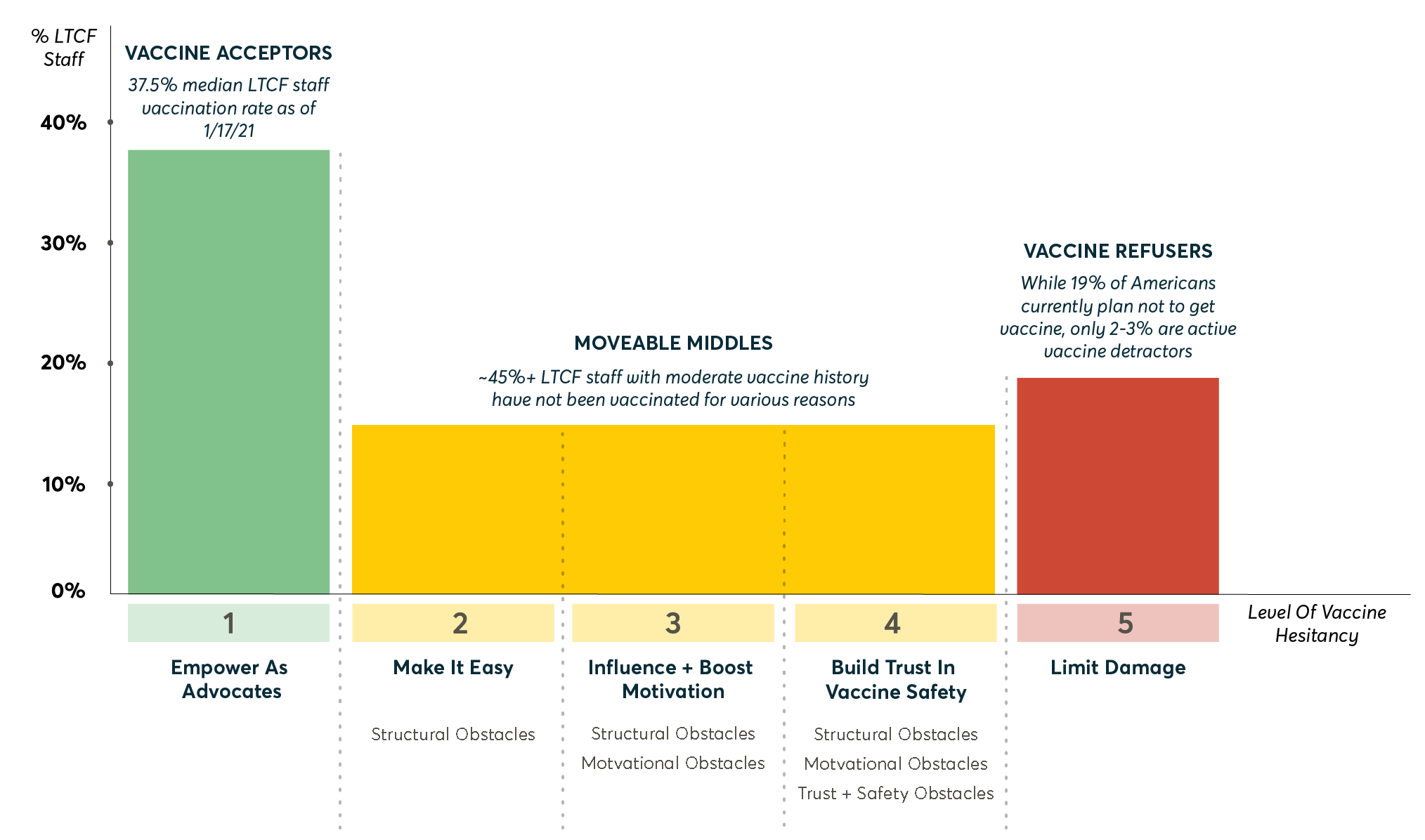 This model contains two key insights. First, it highlights the fact that the attitudes that individuals have towards receiving a vaccine exist on a spectrum ranging from no hesitancy of any kind to an immovable refusal to get vaccinated. Second, each level of hesitancy has its own dominant motivations which must be addressed if the individuals at that level are to become open to receiving a vaccine. For example, companies can motivate employees at a level two hesitancy by making the process of receiving a vaccine easier through the removal of structural obstacles, while the concerns of those at a level four will need to be addressed in a more holistic manner that focuses on building trust in vaccine safety.
This model contains two key insights. First, it highlights the fact that the attitudes that individuals have towards receiving a vaccine exist on a spectrum ranging from no hesitancy of any kind to an immovable refusal to get vaccinated. Second, each level of hesitancy has its own dominant motivations which must be addressed if the individuals at that level are to become open to receiving a vaccine. For example, companies can motivate employees at a level two hesitancy by making the process of receiving a vaccine easier through the removal of structural obstacles, while the concerns of those at a level four will need to be addressed in a more holistic manner that focuses on building trust in vaccine safety.
These recommendations lend a high degree of support for recent measures that the US government has taken in order to remedy the unexpected drop in vaccination rates. For example, President Biden signed into law the American Rescue Plan, which, among other things, includes a paid tax credit for employers with 500 or fewer employees to cover the cost of providing paid sick leave for employees receiving and recovering from COVID-19 vaccinations. By utilizing this tax credit, companies can target unvaccinated employees who were avoiding getting vaccinated because it was logistically and or financially infeasible.
Some larger companies (e.g., car manufacturers, pharmaceutical companies, airlines, etc.) have received permission from public health officials to vaccinate their employees at work. This approach is especially useful for motivating those in the middle of the vaccine hesitancy scale, because their reluctance to receive a vaccine can be offset by removing structural and motivational obstacles. By allowing employees to get vaccinated at their place of work, there is no need for them to make an appointment, take time off, or travel to receive the vaccine. Additionally, these employees may feel more uncomfortable refusing a vaccine when it is so readily available and when so many of their co-workers are getting vaccinated. Collectively, this is likely to take care of the level three hesitaters.
Finally, President Biden has encouraged employers to educate their employees about the COVID-19 vaccines and incentivize them to get it. When combined with the first two tactics, this can change the minds of those who have all but completely ruled out getting vaccinated. Below are five options for incentivizing your workforce to get their COVID-19 vaccines.
- Give workers free rides to vaccination sites
- Include product giveaways
- Provide additional pay for each dose received
- Create ways of signaling vaccination status (e.g., a bracelet or a sticker)
- Have “vaccine converts” (i.e., those who used to be against receiving a vaccine but have since changed their position) communicate with employees who are still unsure
When offering these incentives, it is important to bear in mind that certain ones might implicate various legal issues. In February, a number of organizations sent the Equal Employment Opportunity Commission (EEOC) a request for advice “on the extent to which employers may offer their employees incentives to vaccinate without running afoul of the Americans With Disabilities Act and other laws enforced by the EEOC.” The guidance has not yet been offered but is likely to be available soon. Be sure to keep an eye out for it.
The Takeaway
Ensuring that your company’s workforce is fully vaccinated has become dramatically cheaper and easier. This is great news for businesses as unvaccinated workforces are more liable to cause disruptions by taking sick days or quarantining after an exposure. Moreover, assuming many businesses take advantage of the government offerings and get their workforces vaccinated, herd immunity may arrive sooner than expected. With that could follow the removal of the variety restrictions and heightened safety measures that have been impacting business operations and local economies across the country since the pandemic began.




